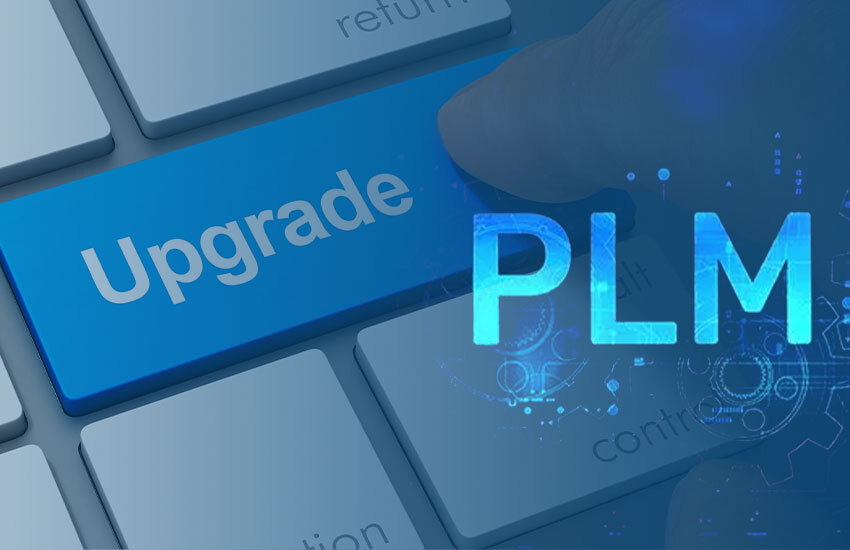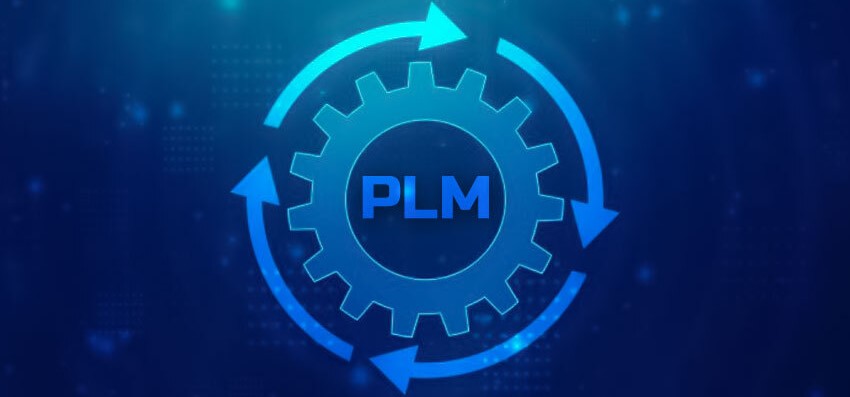
In today's competitive landscape, Product Lifecycle Management (PLM) plays a pivotal role in enhancing efficiency, reducing time-to-market, and ensuring regulatory compliance for businesses across various industries. It doesn’t matter whether your business is small or you run a big organization, PLM will revolutionize workplace efficiency, read how here, in our blog Revolutionizing Workplace Efficiency with PLM Systems!
However, as technology advances and business needs to evolve, it becomes essential to upgrade your PLM system periodically to leverage new features, enhance performance, and stay ahead of the curve. If you are considering upgrading your PLM system but unsure where to start, this beginner's guide will walk you through five straightforward steps to ensure a smooth transition.
But first, let’s explore the reasons why an upgrade is essential!
The compelling reasons to upgrade your PLM software are:
Enhanced Functionality: Newer versions often boast improved features and functionalities. These can streamline workflows, boost collaboration, and improve data management, all leading to increased efficiency and productivity.
Improved Security: Cybersecurity threats are constantly evolving. When you upgrade your plm, it ensures that it benefits from the latest security patches and protocols, keeping your valuable product data safe.
Enhanced Scalability: As your business grows, your PLM system needs to adapt. Newer versions are often designed to scale, accommodating additional users, products, and data complexity.
Compliance with Regulations: Industry regulations can change. Upgrading ensures your PLM system remains compliant with the latest standards, mitigating any potential risks.
Improved Integration: Modern PLM systems offer better integration capabilities with other business applications, like ERP and CRM software. This fosters a more holistic view of your product lifecycle. Thus upgrading your PLM becomes necessary!

Before diving into an upgrade, it's crucial to evaluate your existing PLM system comprehensively. Identify pain points, performance bottlenecks, and areas where your current system falls short. This assessment should include:
Functionality Review: Evaluate whether your current PLM system meets your current business needs and supports future growth.
User Feedback: Gather insights from stakeholders across departments to understand user experience and identify usability issues.
Integration Capabilities: Assess how well your PLM system integrates with other enterprise systems and third-party applications.
Compliance and Security: Review whether your PLM system complies with industry standards and regulations, and if security measures are adequate.
Partnering with PLM services providers like Modelcam Technologies, who offer expertise in PLM services in India and the USA, can provide valuable insights during this assessment phase.
Once you have identified areas for improvement, clearly define your upgrade objectives and requirements. Consider the following factors:
Feature Enhancement: Identify new features and functionalities that will address current challenges and align with your business goals.
Performance Improvement: Specify performance metrics such as faster processing times, improved scalability, and enhanced user interface.
Scalability and Flexibility: Find out whether the upgraded PLM system can accommodate future growth and if yes, how, and how it can adapt to growing business needs.
Budget and Timeline: Set a realistic budget and timeline for upgrading the plm for your project. At the time of setting the budget, don’t miss out to consider potential disruptions and downtime.
Collaborating with PLM experts like Modelcam Technologies, who specialize in PLM software and PLM services, ensures that your objectives are aligned with industry best practices and technological advancements.
Choosing the right PLM software and vendor is critical to the success of your upgrade project. Consider the following criteria when selecting a PLM solution provider:
Industry Expertise: Look for vendors with extensive experience in your industry and a proven track record of successful PLM implementations.
Customization and Support: Assess whether the PLM software can be customized to meet your specific business needs and the level of support provided by the vendor.
Scalability and Integration: Ensure that the PLM solution is scalable and can integrate seamlessly with your existing systems and future technologies.
Training and Implementation: Evaluate the vendor's training programs and implementation methodology to ensure a smooth transition and minimal disruption to your operations.
Modelcam Technologies stands out as a reliable partner for PLM services in India and PLM services in USA, offering tailored plm solutions and comprehensive support throughout the upgrade process.
PLM migration and data migration are crucial steps in upgrading your PLM system. Plan carefully so that risks are minimized and data integrity is maintained. PLM migration involves:
Data Assessment: Conduct a thorough audit of existing data to identify redundant, obsolete, or trivial (ROT) data that can be cleaned up or archived.
Strategy for Migration: Prepare a detailed migration strategy that outlines validation procedures, data mapping, and contingency plans for potential issues.
Testing and Validation: Perform rigorous testing to validate data accuracy, system functionality, and performance post-migration.
User Training: Provide comprehensive training sessions to familiarize users with the upgraded PLM system and new features.
By partnering with PLM services experts like Modelcam Technologies, who specialize in PLM data migration and have a proven track record in successful PLM upgrade, you can ensure a seamless transition with minimal downtime.
You can explore our interesting blog on PLM Migration, “The 4 pillars of successful migration” to understand it in a better way!
Once all preparations are in place, proceed with executing the PLM upgrade according to the defined plan:
Implementation: Ensure successful migration by carefully following the strategy and implementation plan, adhering to timelines and budget constraints.
Monitoring and Optimization: Continuously monitor system performance post-upgrade, addressing any issues promptly and optimizing system configuration as needed.
User Feedback and Iteration: Gather feedback from users and stakeholders to identify areas for further improvement and iterate on the PLM system accordingly.
Modelcam Technologies offers ongoing support and maintenance services to help businesses maximize the benefits of their upgraded PLM system, ensuring long-term success and ROI.
In conclusion, upgrading your PLM system doesn't have to be daunting. By following these five easy steps and leveraging the expertise of PLM services providers like Modelcam Technologies, you can navigate the upgrade process smoothly, enhance operational efficiency, and stay competitive in today's dynamic market landscape.
For more information on PLM solutions and services, contact Modelcam Technologies today.
Let’s connect: www.modelcamtechnologies.com
Email: sales@modelcamtechnologies.com
Mobile no : +91 8237016167
©Copyright 2025. All rights reserved by Modelcam Technologies Private Limited PUNE.